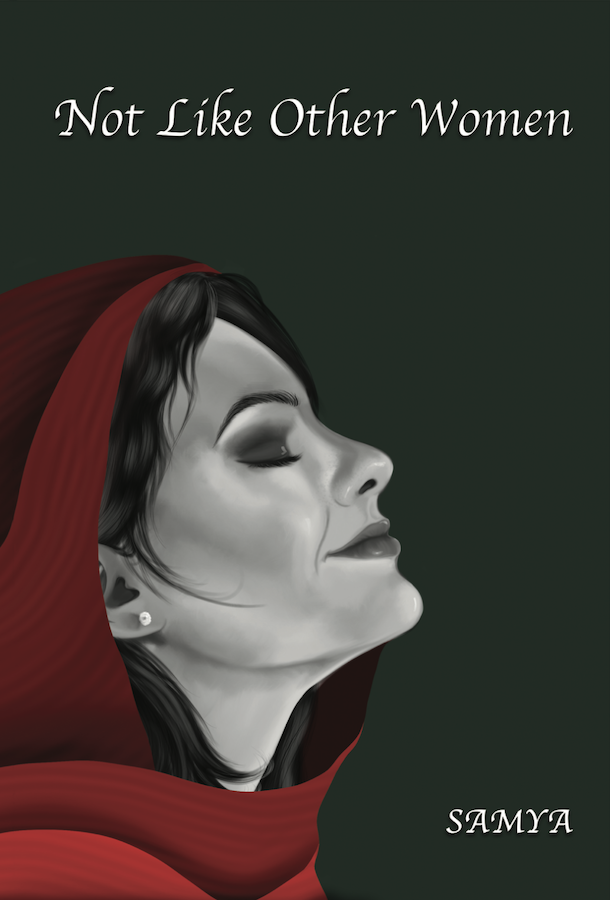DAMASCUS: In the heart of ancient Damascus, veteran Syrian artist Fadi Yazigi delicately inspects a neat set of assorted paintings, sculptures, and reliefs.
He blows off the gathered dust, stating: “I feel we are living in a medieval age, not everything is fair, there is no plan for the world, and it’s not an honest period.”

Fadi Yazigi’s work is housed in a number of international public collections, including at the British Museum in London, The Delfina Foundation in London and at the Kaleemat Foundation in Istanbul. (Supplied)
Yazigi, 57, is at home in his Bab Sharqi atelier, drawing intricate sketches that are sometimes comical, cartoonish even, giving glimpses of the unorthodox techniques of one of Syria’s most creative modern artists.
“(Jean) Dubuffet is a big inspiration for me.” He told Arab News, referring to the late French painter and sculptor. “I feel the humanistic side, the pain and suffering of everyday people, from the homeless person in the street to those stricken in poverty. I feel they are always right,” he added.

Fadi Yazigi, 57, is at home in his Bab Sharqi atelier, drawing intricate sketches that are sometimes comical, cartoonish even. (Supplied)
One glance at Dubuffet’s work and the influence is conspicuous. The artist, who died in 1985, embraced so-called "low art" and discarded traditional beauty standards in favor of an authentic approach to capturing people and places in his art. In the same vein, Yazigi is known for his authentic image-making.
“I try to explore new materials in my work, to experiment with a wide variety of means and forms, each new material gives me a feeling whether on canvas, cardboard, textiles or papers, using acrylic, oil and ink, I depict people and human emotions,” he explained of his style.
Yazigi’s work is housed in a number of international public collections, including at the British Museum in London, The Delfina Foundation in London and at the Kaleemat Foundation in Istanbul, among other locations. His solo exhibitions include Art Paris 2016, Galerie Tanit in Beirut, and The Mosaic Rooms in London 2011. He has also exhibited extensively at the Institut du Monde Arabe in Paris.
The artist represents the last of a breed of older-generation Syrian creatives who have attained global recognition.
In a spectacular new collection, the artist created a set of sculptures inspired by the exploration of memory.
“I’m working on the idea of memory. It's inspired by the tale of Kalila and Dimna, where there is a phasic flow, where square artworks are ornamented with heads that suggest different emotions and stories. It's relevant to general human nature,” the artist said.
Kalila and Dimna are a collection of fables where the heroes are animals, the role of the king is played by a lion and the two jackals, Kalila and Dimna, are both the narrators and the protagonists.
The Indian-origin tale — composed in Sanskrit possibly as early as the third century BC — was translated into Arabic by Ibn al-Muqaffa in the eighth century.
The ingenious representation of life as hybrid human-animal creatures is symptomatic of Yazigi’s general preference for this type of art.
“Relief is my favourite type of art, it's what is similar to my style and identity, and lots of my efforts and works are relevant to that, I love the multi-dimensional, especially working with mud or clay, human beings were made of it, that’s what they say.”

Born in the Syrian port city of Latakia, Yazigi is known for choosing to leave many of his works untitled. (Supplied)
Born in the Syrian port city of Latakia, Yazigi is known for choosing to leave many of his works untitled.
“I am free to do what I want with my piece, and you are free with what you want to title it, to tell your story. I’m not going to push you to be inside my cage, and I won't be pressed to concur or conform to what a title has to be, so I leave it open to interpretation, something untitled is also titled at the same time,” he explained.
Art curator Nour Salman spoke to Arab News about her experience working with the renowned artist on the recent solo exhibition “Once in Damascus.”
“While working with Fadi, I discovered a whole new realm of art, as an artist he is incredibly hard-working and creative, he can make something out of nothing in an instant, and that’s partly why he gets international recognition.
“His vision and viewpoint on art and the way he makes it is inspiring and rare. We don’t have that weighted creative touch in Syria anymore. There is a depth to his work that takes generations to develop.”




























